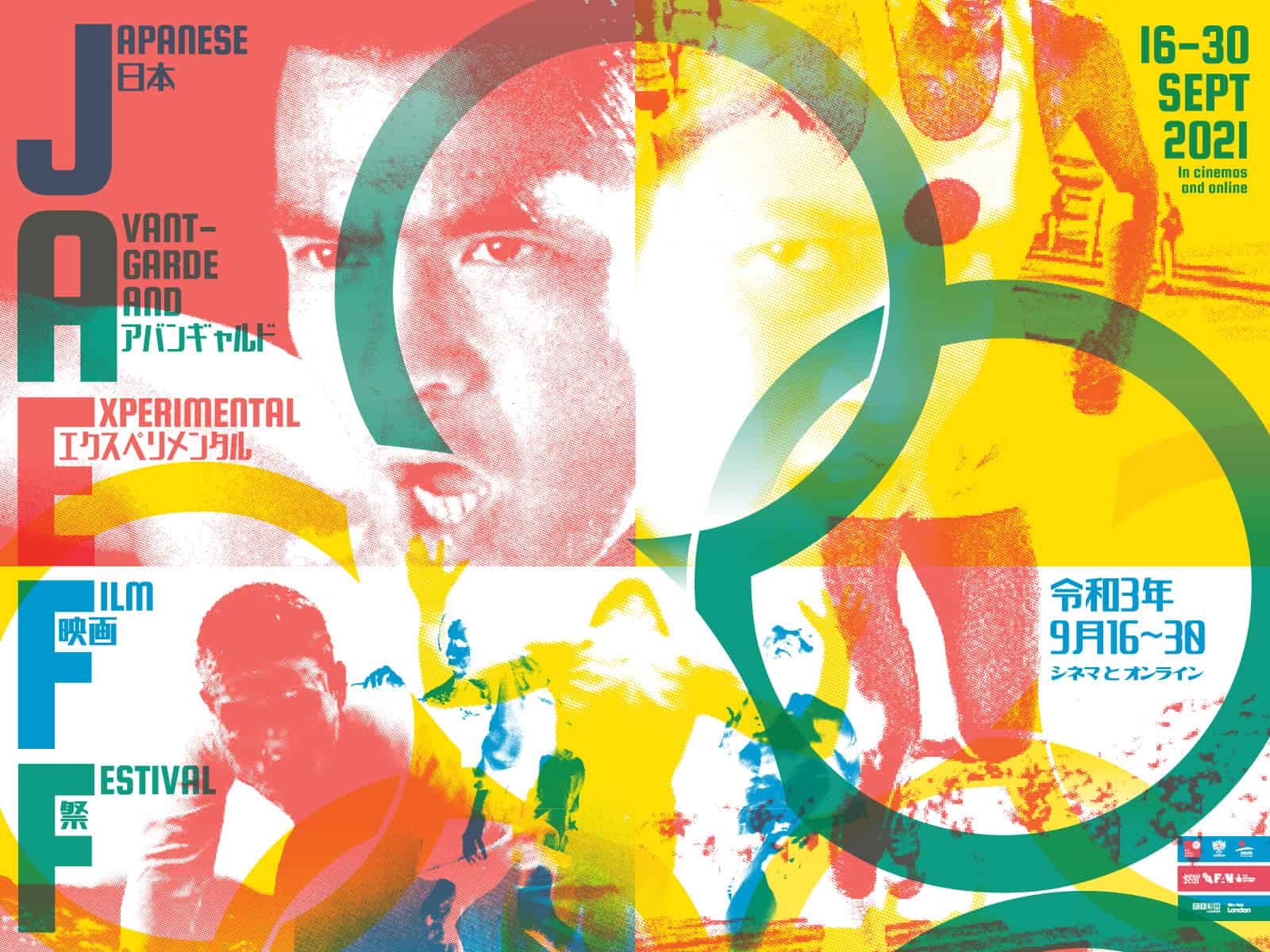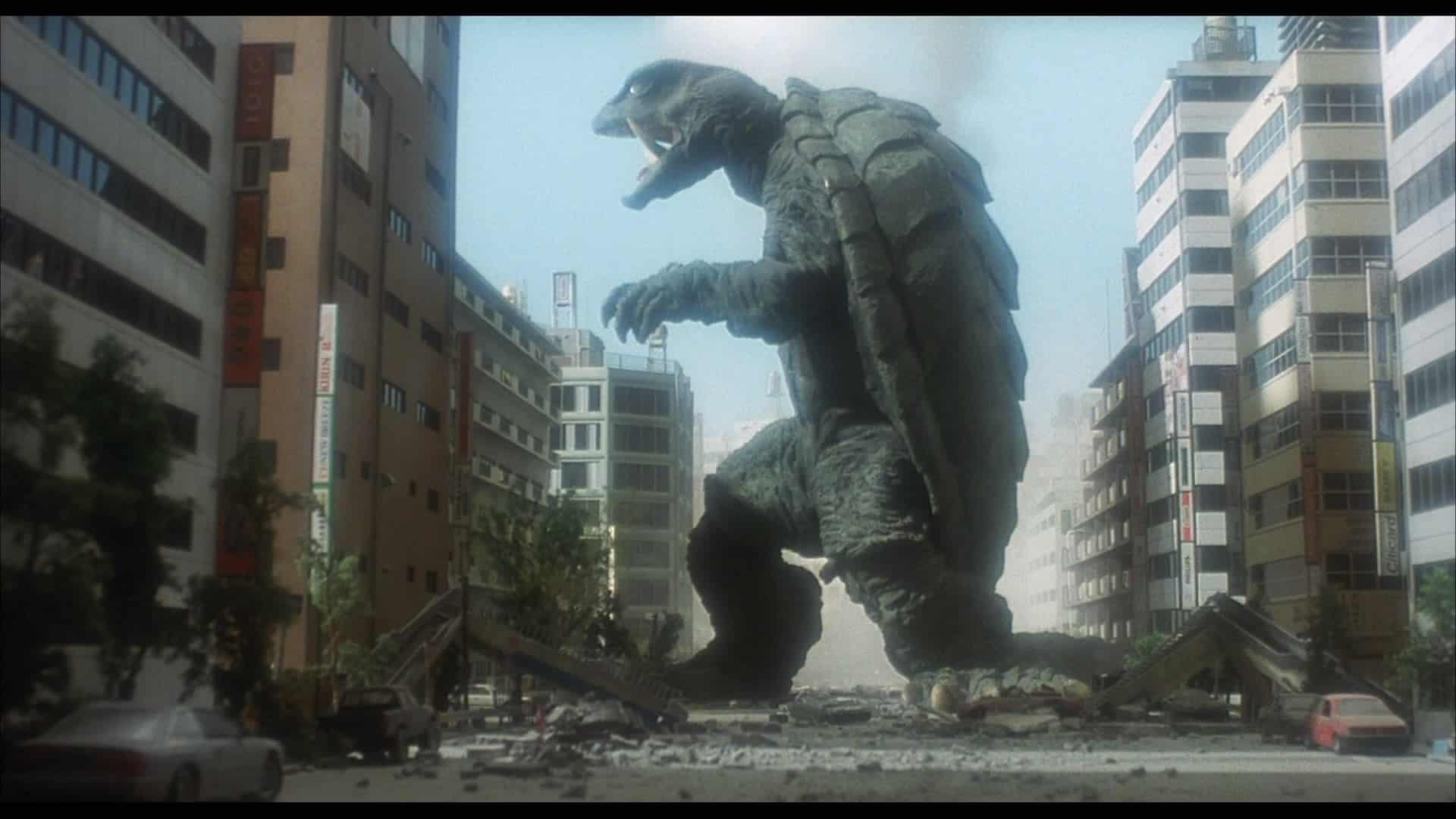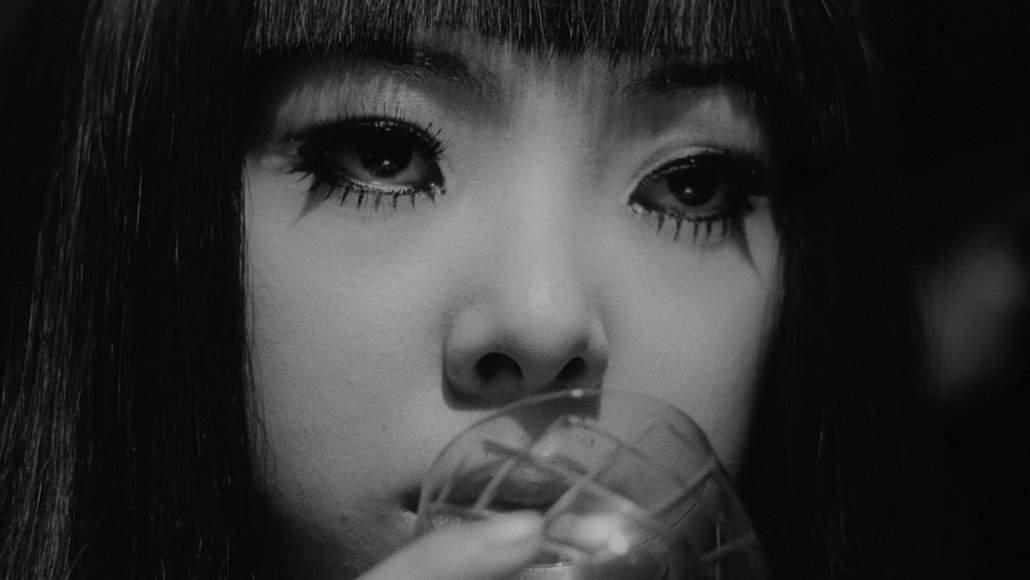Within the art of Butoh, choreographer Tatsumi Hijikata is without a doubt the most famous performer, who actually founded the genre. While it is essentially hard to define what Butoh is, with even Hijikata having trouble or expressing “distress” in doing so, it is another way of expression, often resulting in new way of approaching matters and issues through movements. Besides the stage, Hijikata frequently worked with other artists to show his work to a bigger audience and address themes he could not do in the theater, for example, in his collaboration with photographer and filmmaker Eikoh Hosoe in the short feature “Navel and A-Bomb”. Through a collection of short choreographies involving the ocean, the beach and various animals, such as chicken, goats and a cow, Hosoe and Hijikata attempt to present a vision of the world after the bombing of Hiroshima and Nagaski.
Navel and A-Bomb is screening at Japanese Avant-Garde and Experimental Film Festival

In general, “Navel and A-.Bomb” should be approached like an installation, or rather a performance. The barren aesthetics of the feature supplement the performance of the dancers, as well as the metaphorical nature of the images which seem to refer mostly to dichotomies like life and death or fending and rebirth. Two titles, at the beginning and at the end of the feature, highlight the idea of a narrative starting with the concept of a bleak earth, destroyed and without life, whereas the end suggests some glimmer of hope, with the dancer bringing goats to the beach. Both, the choreography and the images, have a very ambivalent quality, as if they were posing the question to the viewer, whether this beginning may be possible or if there is any hope of creating a new world after the bomb.
In conclusion, “Navel and A-Bomb” is a highly artistic and ambiguous short feature. Choreographer Tatsumi Hijikata and director Eikoh Hosoe follow a particular creative vision, while their approach engages the viewer into a discourse about the world after the bombing and the following devastation.















